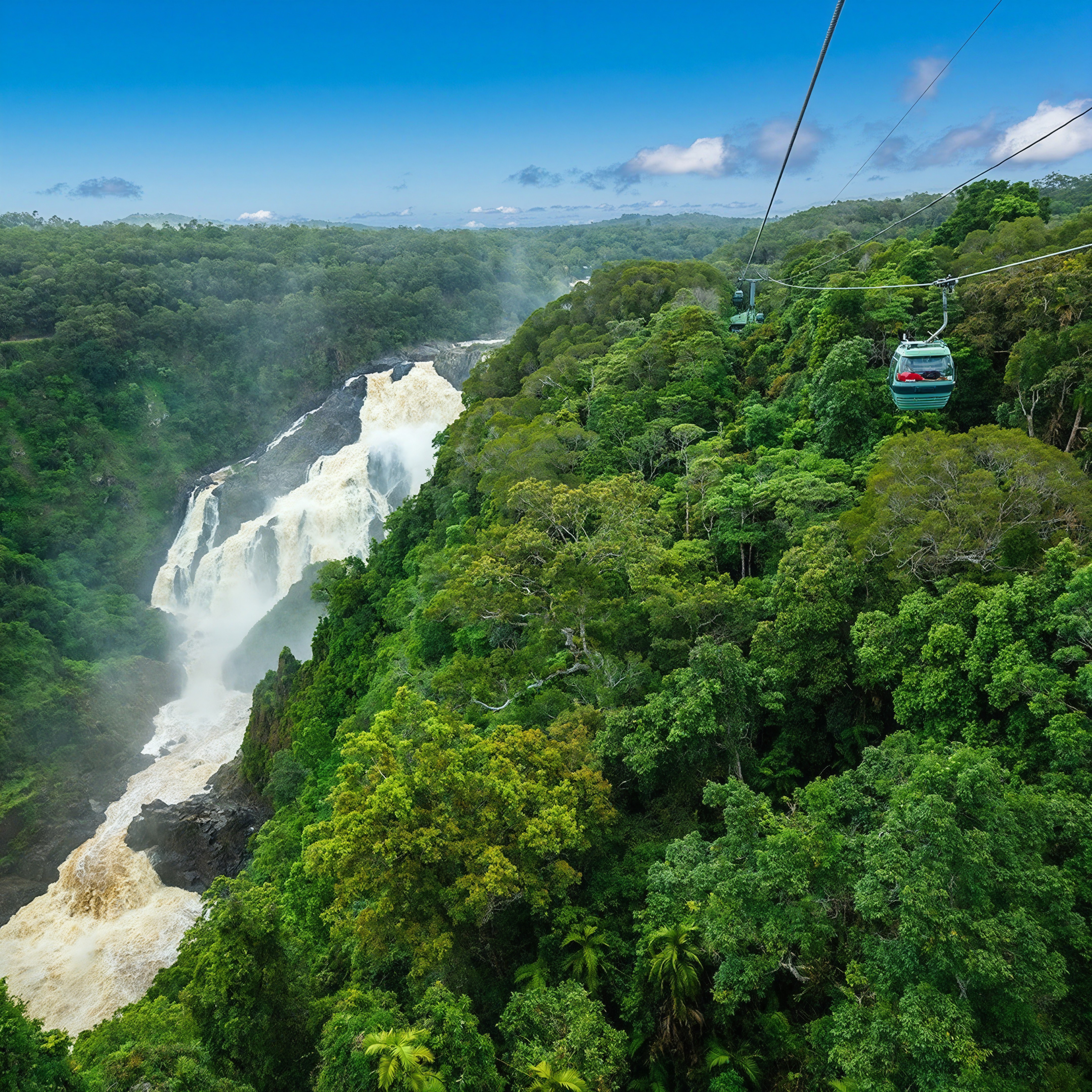Readme
Scaling Up to Excellence: Practicing Model Scaling for Photo-Realistic Image Restoration In the Wild
NOTE: This version uses the SUPIR-v0F checkpoint and does not include the LLaVA-13b due to the memory constraint. It also enables tiled VAE processing to tackle output images up to 8k. The original version use SDXL base model and suffers from plastic skins. This version use Juggernaut XL by default for more photo realistic output.
- SUPIR-v0Q: Default training settings with paper. High generalization and high image quality in most cases.
- SUPIR-v0F: Training with light degradation settings. Stage1 encoder of SUPIR-v0F remains more details when facing light degradations.

BibTeX
@misc{yu2024scaling,
title={Scaling Up to Excellence: Practicing Model Scaling for Photo-Realistic Image Restoration In the Wild},
author={Fanghua Yu and Jinjin Gu and Zheyuan Li and Jinfan Hu and Xiangtao Kong and Xintao Wang and Jingwen He and Yu Qiao and Chao Dong},
year={2024},
eprint={2401.13627},
archivePrefix={arXiv},
primaryClass={cs.CV}
}
AI generated images usually looks plastic and overly smooth. This can greatly remove those plastic look from an image.
Recommended parameters Since this model uses a SDXL lightning model for the diffusion step. It’s required to set the following parameters: * Steps: set to no more than 8 instead of the original 50 steps. It will reduce costs at negligible quality deterioration. * CFG: set to somewhere below 2.0. The recommended value is 2.0, which is also the default value.


